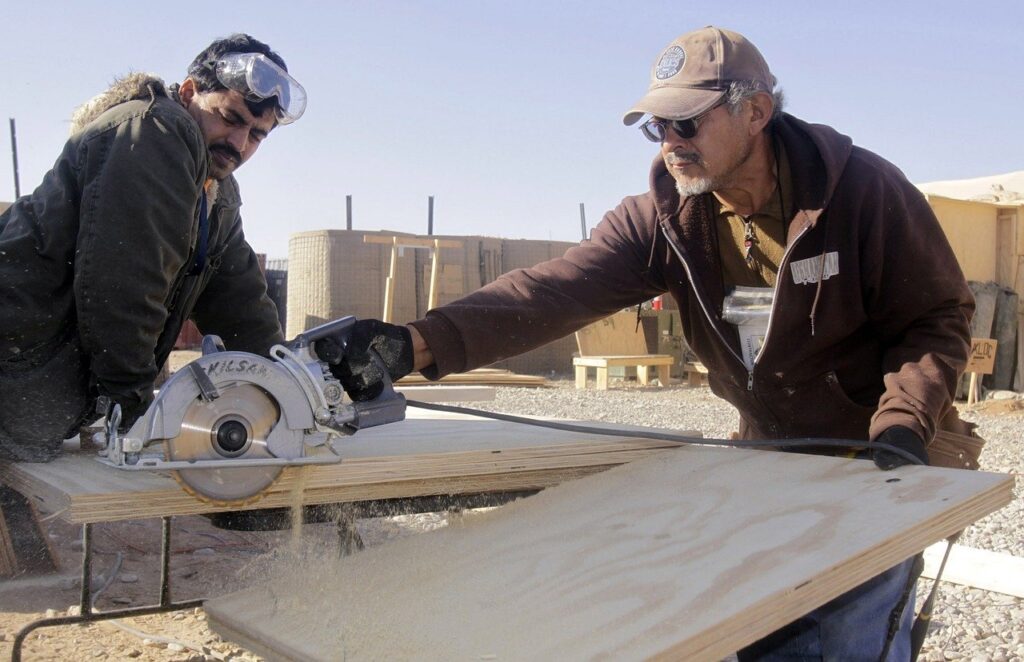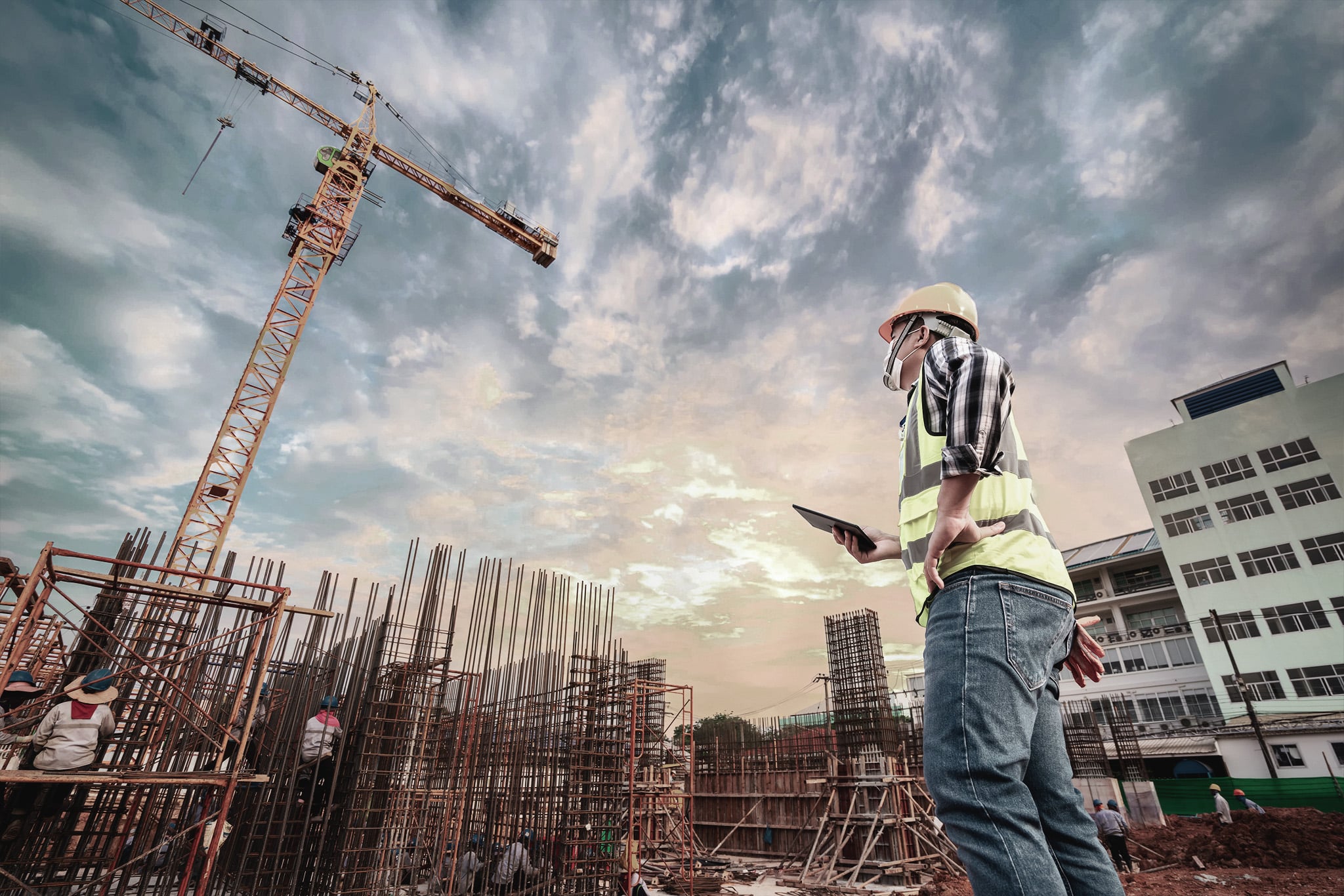Construction schedule delays are a common problem within the industry and for a very good reason. As reported by McKinsey and Company, an average project in construction is expected to experience a minimum 20-month delay and an 80% budget overrun.
It quickly becomes clear that there is plenty of room for improvement in the way the sector designs, communicates, and eventually builds. According to the International Journal of Project Management, there are 28 different causes for construction delays, proving that there are a plethora of parameters that need to be taken into consideration when a construction project is under development.
To make matters worse, every type of delay comes with a number of serious ramifications for the progress of a project. More analytically, here are a few examples with some of the most notable problems that might follow a project delay in construction:
- Additional labour wages
- Extra cost for materials and storage
- Legal disputes
- Cash flow problems
- Reputation damage for the parties involved
Regardless of the type of project, excessive administrative work, and hours of never-ending meetings appear to be two of the main factors that lead to many schedule delays in construction. The worst part is that for many stakeholders in the industry this is considered as “part of the job”.
Of course, such a belief is far from accurate as many of these meetings and admin work could be eliminated by digitalising your progress reporting processes. That being said, here are five steps that will allow you to prevent common construction schedule delays:
1. Go digital with your progress reporting
People in construction spend 40% of their time looking for updates, writing reports, or just being in meetings. Due to the strong culture of blame and the lack of trust in contractual relationships, taking the time to write reports also helps to mitigate the risk of ending up in court.
But it doesn’t have to be like that. By digitalising your progress reporting, your teams can stop wasting time in confusing meetings or look for updates in different tools in order to compile a single report.
Enabling everyone to report progress in real time from the field will allow project managers to stay on the same page and give you the ability to create well-informed progress reports in just a few clicks.
2. Reduce admin workload
We already referred to it above but it’s crucial to understand that less admin work equals less time wasted and by extension fewer schedule delays. Producing meeting documents, progress reports, briefings, and dashboards should not be the main to-do’s on your typical day.
Find out more: How to reduce admin work and endless meetings in construction
After all, you didn’t sign up for that when you chose to work in construction. You wanted to make a difference and deliver successful projects within time and budget. And you can make that happen by fighting micromanaging and by adopting a data-driven way of working.
3. Establish a single source of truth
By working on multiple systems and tools, you hinder the development of your projects and open the door to a number of misunderstandings. Each stakeholder ends up having their own version of the truth and you are not able to keep track of almost anything.
On the contrary, you will eventually get lost in a sea of data pushing your projects towards costly delays, disputes, and reworks. This is why a central data repository is a must-have.
4. Use construction-specific tools
Tools like WhatsApp, Excel, or email might be very useful for your personal life or for certain office tasks but they are not designed for construction. By using these tools, the data shared between your onsite teams is static.
Read more: Why you can’t run complex construction projects with Whatsapp and Excel
Like that, all updates miss context and can’t be easily linked back to the master plan. What does this mean for your project? Siloed communication and more project delays as a result of people working on outdated data. A construction-specific tool can help you avoid such problems.
5. Standardise your systems and processes
‘There is one thing that construction companies absolutely need to do. They have to start standardising even before using technology. Otherwise, they just throw whatever technology they have out the window!’, explains Thomas Goubau, CRO at LetsBuild.
In most cases, people in construction perceive pre-designed and standardised processes as too difficult or useless and everyone wants to do things their way. That comes from the false belief that every project is 100% unique, although 80% of the process is always the same.
In that sense, standardising your systems and processes will help you define the core principles of your projects so that you can make “delivering on time” a key habit for your business and always have a strong operational context for all the different cubbies and construction specialists you are working with.




